
What’s Underway
The Facility Plan is already transforming the
Zoo and Botanic Garden. Each project will
dramatically improve animal wellbeing and
guest experience.
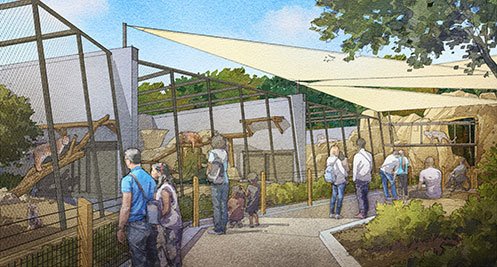
Catwalk Renovations
Modest renovations will create large “flex” habitats where cats and carnivores experience dynamic spaces with enriching opportunities. Expect to see a changing population of animals until the Catwalk is ultimately transformed to an entirely different animal habitat.
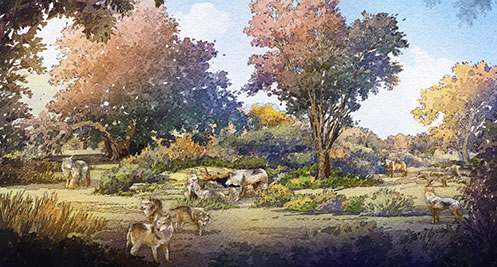
Mexican Wolves
A large area behind the scenes at the Botanic Garden will give Mexican gray wolves private space for breeding, raising pups and preparing for release to the wild. Expected opening summer 2025.

S.H.A.R.C.
[Science, Health and Aquatic Research Center]
This new behind-the-scenes building at the Aquarium will support critical operations for aquatic animal care. Here, young fish will grow up, sick animals will be nursed back to health, rare corals will be raised, and more.
Planned Projects
The BioPark will continue to evolve in exciting ways through the duration of this phase of GRT funding, which ends in 2031. The Facility Plan identified high-priority projects to support animal wellbeing, enhance your experience as a guest, and improve onsite operations for staff.
Here are highlights of what’s next.
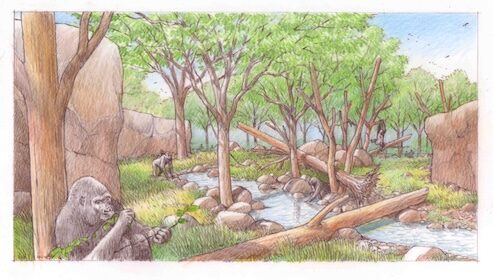
Gorillas
Design is underway to renovate the three existing primate habitats into two large spaces with climbing opportunities, new views for guests and gorillas, and lots of creature comforts.

Australia Phase 2
Walk with wallabies and kangaroos in the new outback or watch as Tasmanian devils and wombats explore expansive new “flex” habitats. The stories of Australia’s aboriginal people are told through vivid murals and displays of artifacts.
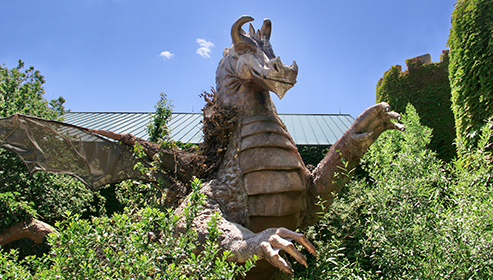
Children’s Fantasy Gardens Improvements
To stay ever youthful, the Children’s Fantasy Garden will be renovated to improve accessibility, safety and fun for young children and their families. The community will be invited to help redesign this space.

Zoo and Aquarium/Garden Entrances
Renovations will make your arrival at the BioPark a faster, easier and more welcoming experience. At the Aquarium/Garden, guests will enter one gate and cross a beautifully landscaped plaza to move between each facility. Zoo improvements include a grand entrance shade structure and modernized ticket scanning stations.

Ambassador Animal Complex
A former aviary will be transformed into an immersive walk-through experience. Guests will step inside the ambassador animals’ world, where something new will be happening every day.
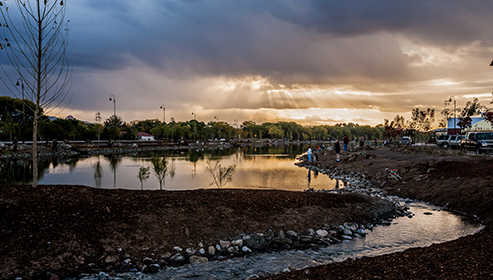
Tingley Shoreline Improvements
Repairs to pond liners will improve water quality and fish habitat, and new shoreline stabilization will improve safety and ease of access to these unique and beloved ponds.
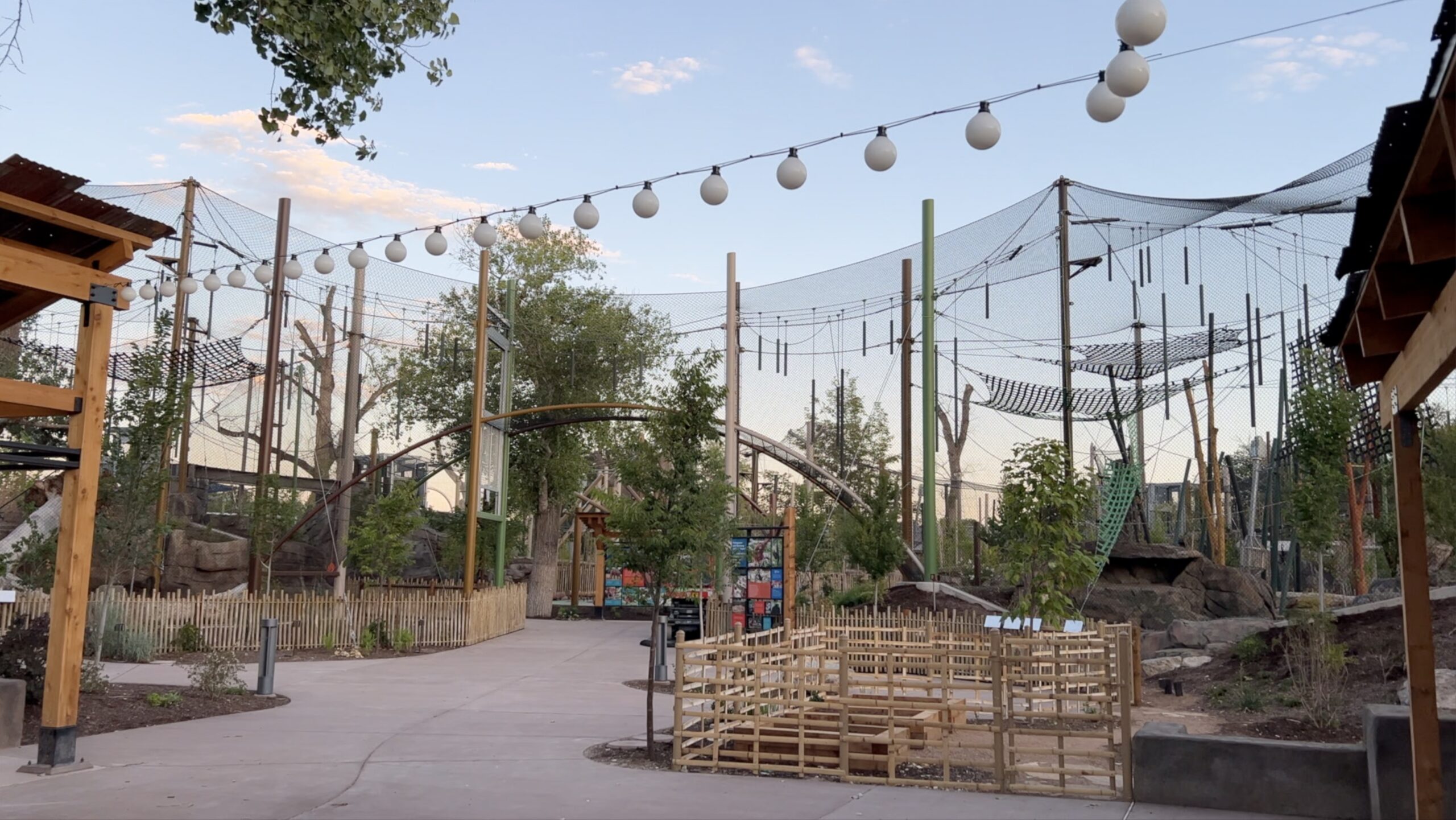
Recent Completed Projects
Thanks to your support of GRT funding, the ABQ BioPark created many exciting new exhibits and experiences to benefit animals, plants, and you! From giant new habitats, to the infrastructure that makes it all possible, the GRT is transforming the BioPark. Here are a few examples:
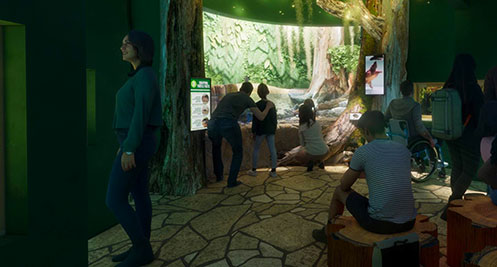
Alligator Snapping Turtle Renovation
Upgrades to this supersized turtle’s habitat include a larger pool and a more immersive habitat for the turtle and guests.
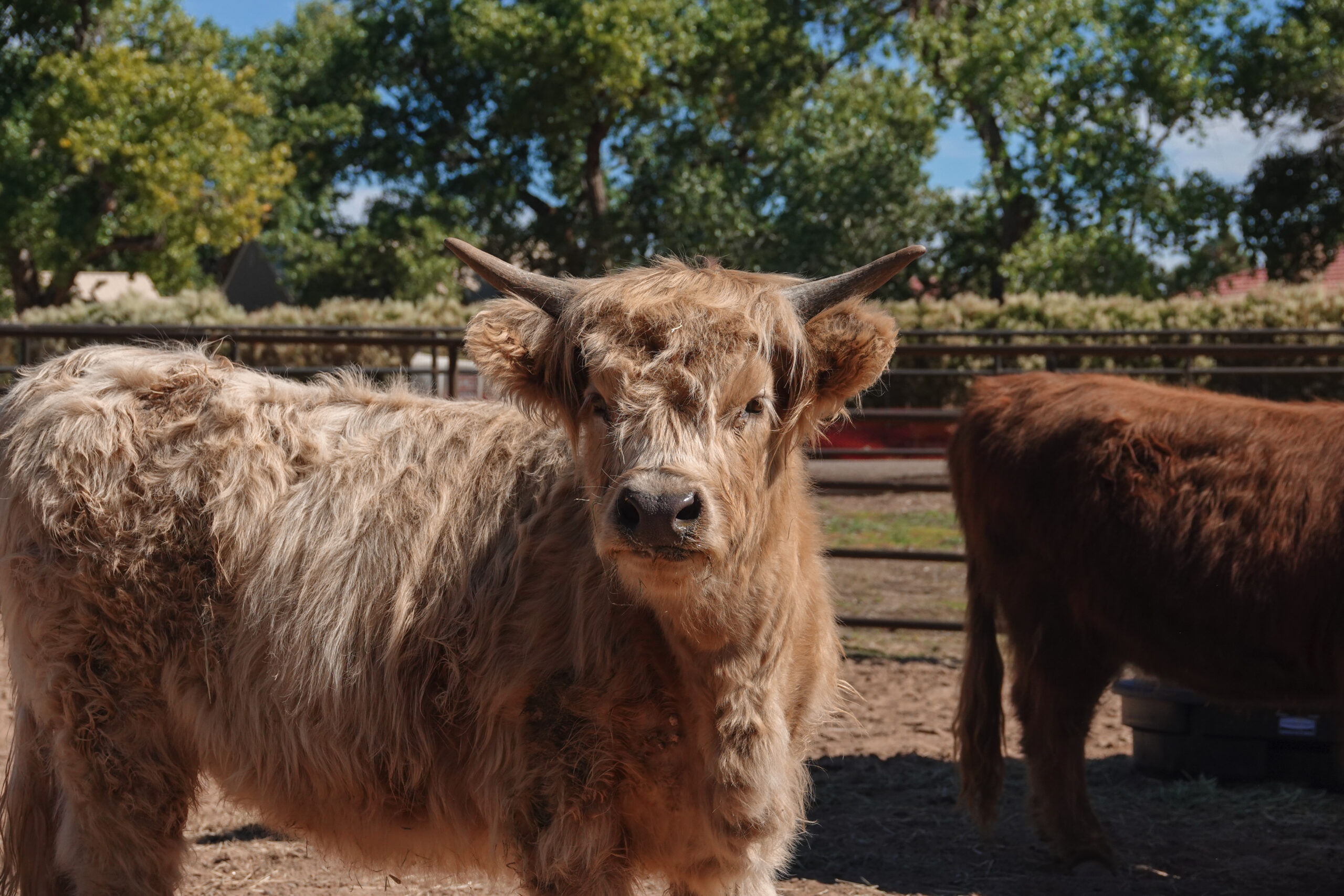
Heritage Farm Renovation
All 11 acres of Heritage Farm at the Botanic Garden were renovated and reopened to the public in spring 2025 to include new livestock barns, larger animal habitats, more orchards, expanded crop space, outdoor classroom space, and more! A new train at Heritage Farm is also underway and expected to open in fall 2025.
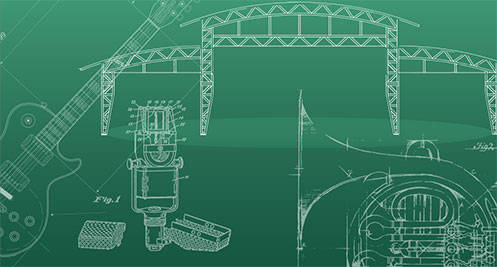
Event Pavilion at Botanic Garden
From summer concerts to private parties, a new shaded stage will become the heart of the Festival Green.

Australian Shores and Lorikeets
Two immersive free-flight habitats allow guests to connect with Australian shorebirds, including little penguins – the world’s smallest penguin species – plus colorful lorikeets from Australia’s tropical forests.
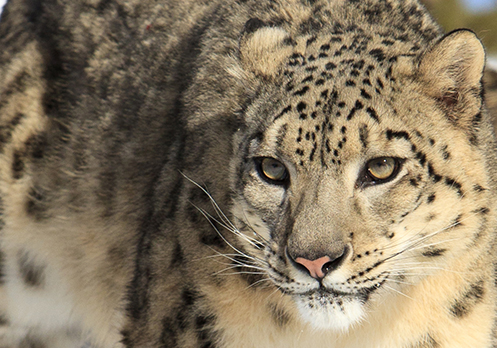
Asia
This 2024 AZA outstanding exhibit award-winning area is on 4.5 acres of previously undeveloped land at the Zoo. It provides dynamic, state-of-the-art homes for orangutans, siamangs, Malayan tigers, snow leopards, and Steller’s sea eagles.

Penguin Chill
King, gentoo and macaroni penguins surround guests as they discover the diversity of life found in the Antarctic Circle.
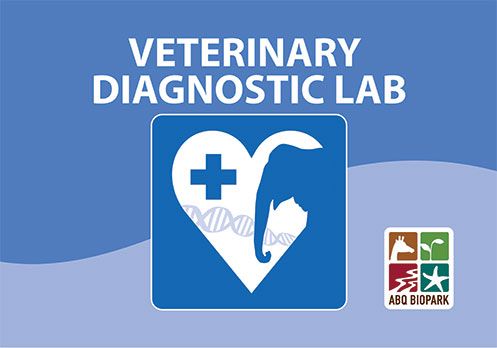
Veterinary Diagnostic Lab
A cutting-edge, onsite DNA testing lab will provide early warning of an active infection of a common, but often deadly, elephant virus. The new lab is only the eighth such zoo lab in the nation. Additional operation funds will be provided by the New Mexico BioPark Society.

Elephant Birthing Barn
This innovative space allows elephants to give birth and raise newborns in a muti-generational herd setting, just as they would in the wild.

North American River Otters
Once extinct in New Mexico, river otters have been reintroduced to our waterways. Learn more about their conservation story, and watch them play above and below water at the Aquarium.

Butterfly Pavilion
Just like a caterpillar, this building has metamorphosed from a sub-tropical environment to a home for native southwest butterflies, complete with new netting and doors.
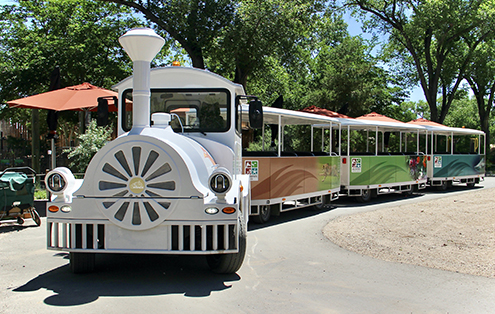
Electric Shuttle
All aboard! Guests with combo tickets travel in style from the Zoo to Tingley Beach and the Aquarium/Botanic Garden.
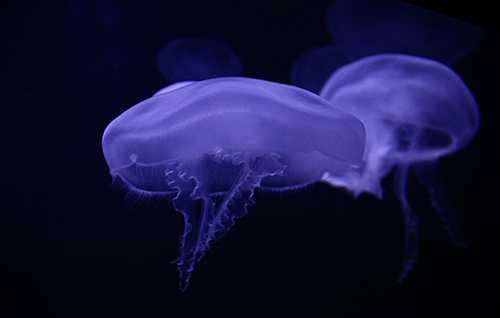
Aquarium Cooling Towers
This infrastructure project helps the Aquarium carefully calibrate its ocean in the desert to make the perfect homes for sharks, sea turtles, jellies and more.

Design and Planning
The 2024 Facility Plan will improve animal welfare, guest experience, staff operations, and overall sustainability at the BioPark.
It builds upon the existing 2014 Master Plan with the goal of setting clear expectations for what is achievable within the remaining GRT funding cycle, based on rising construction costs and complexity required to exceed industry standards.

How We Prioritized Our Animals
Prioritizing and balancing the welfare needs of animals required a variety of experts to be at the table. High-level assessments of the welfare needs and the anticipated budget to upgrade facilities to meet those needs were used to prioritize the projects.
Specifically, habitats that are older and most in need of modernization to meet evolving AZA standards quickly rose to the top of the priority list. In addition, the richness and complexity of habitat design, species-specific needs, time required for demolition and construction, and impacts on nearby animals were considered.
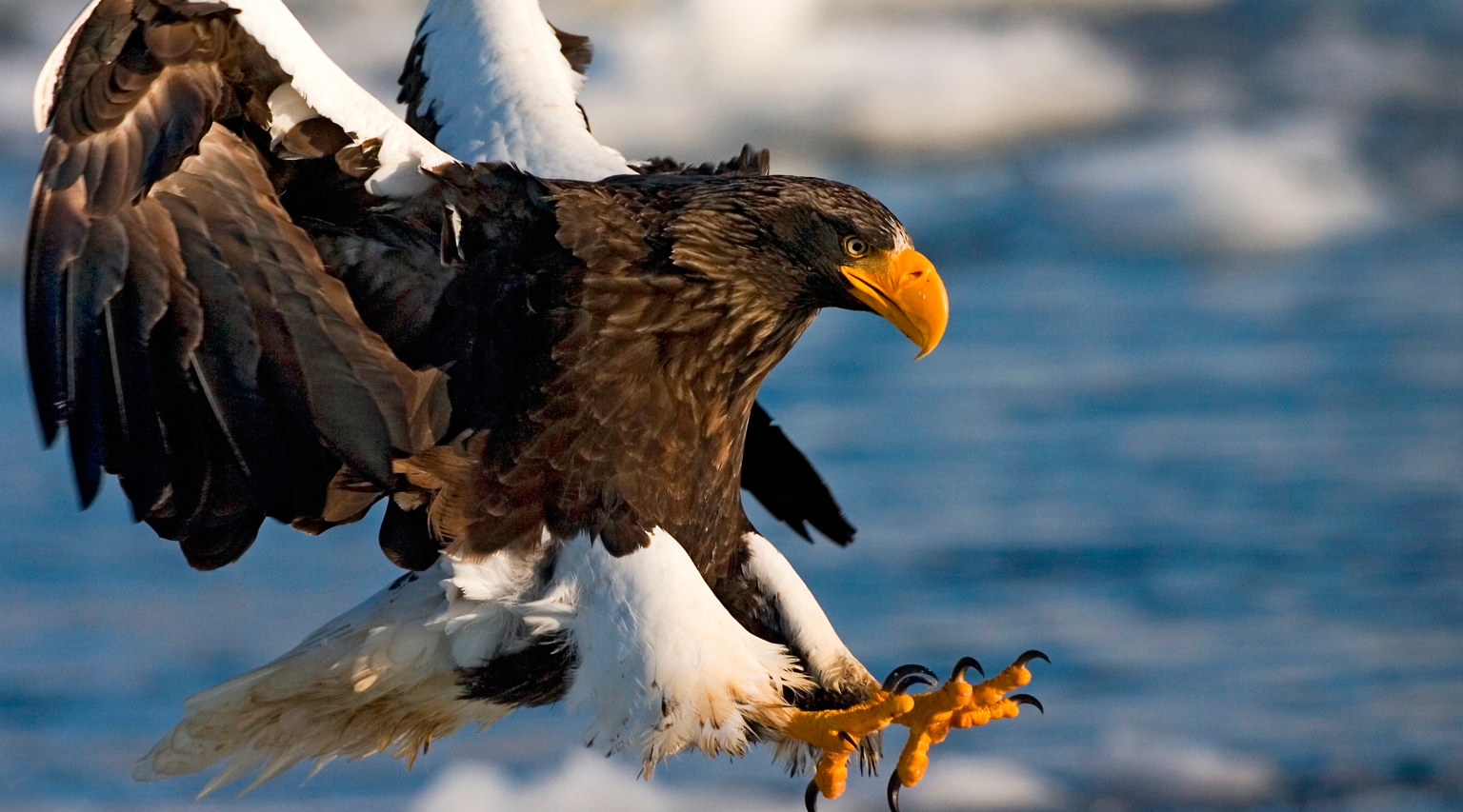
Which of the upcoming exhibits and improvements included in the
2024 Facility Plan are you most excited to see coming to ABQ BioPark?
Contact the ABQ BioPark
Phone:
505-768-2000 or Dial 311 (505-768-2000)
Email: biopark(at)cabq.gov